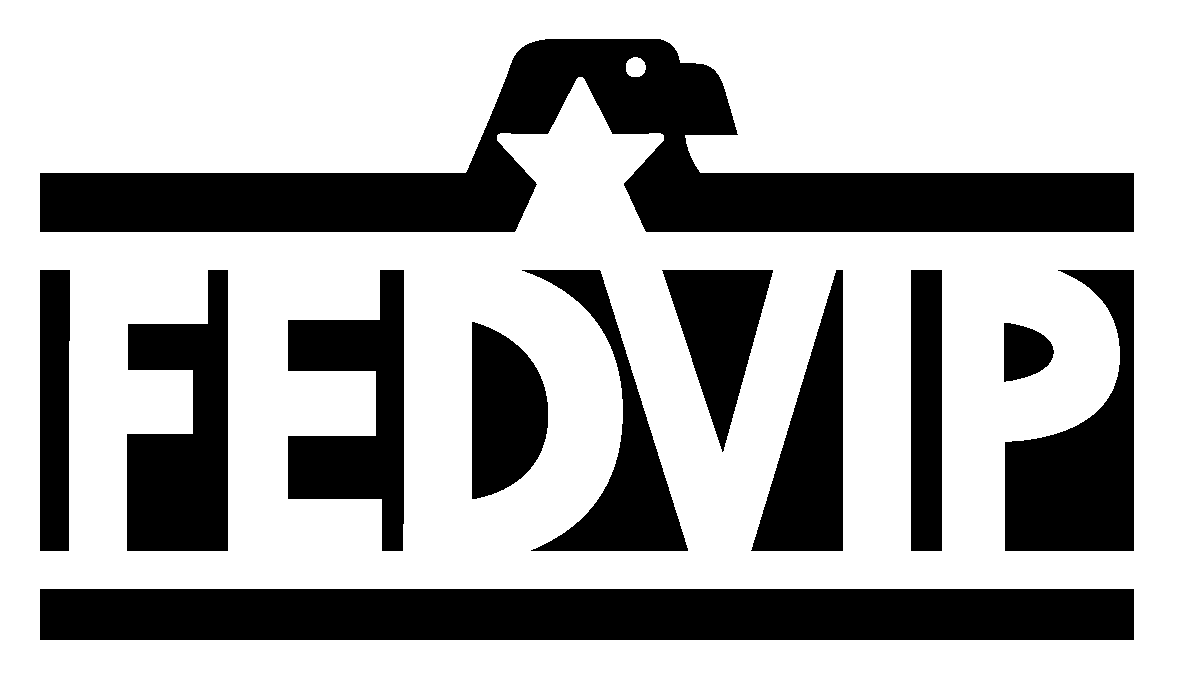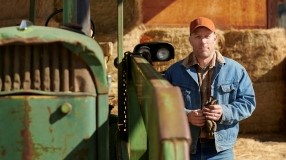Flossing 101
Important do's and don'ts when it comes to flossing.

A Job for Floss
If you're like many Americans, you may not be flossing enough or at all. A tooth has five surfaces and a toothbrush can only effectively clean three of these surfaces. The tongue side, cheek side and biting surface or the teeth can easily be reached by simple tooth brushing. However, a toothbrush - whether electric or manual - cannot reach into the spaces between the teeth.
That's a job for floss! When you floss, you remove the film that is created by bacteria before it develops into plaque. Plaque is the technical term used to describe growing bacteria.
Eventually this plaque will harden into a white chalky coating on your teeth called tartar. Newly formed tartar has a very rough surface that allows more bacteria to grow on it. This can lead to bleeding gums and the breakdown of bone and gum tissue. This is the beginning of gum disease
Here are some flossing do's and don'ts:
DO'S
-
Do use commercial floss
- Waxed or unwaxed, thin or thick, it doesn't matter
-
Do use enough floss
- Eighteen inches is about right for the average adult to floss under the gum line
- Bacteria live about three millimeters below the gum line, which is how far down the floss should go when used correctly
-
Do use a gentle up and down rubbing motion to floss every day
- It takes about 24 hours for bacteria to build up on your teeth again after flossing
- By flossing every 24 hours, you will reduce the bacterial build-up
DON'TS
-
Don't use thread or yarn
- Thread can cut your gums and yarn can leave residue
-
Don't substitute floss with a proxy brush
- Proxy brushes or interdental cleaners are shaped like little Christmas trees
- They're good for going between the teeth and around braces, but they won't get under the gum line.
-
Don't reuse floss
- This can spread bacteria in your mouth
- Don't worry if you floss before or after you brush, both are equally effective
Why Floss?
Flossing is an important part of an oral hygiene routine. Flossing is not just meant to remove food particles from between your teeth. It is a way to dislodge the harmful bacteria that has begun to grow and stick to areas that your toothbrush can't reach.
Note: The information in this document is not meant to replace the advice of your dentist or another licensed healthcare professional. Talk to your dentist for any specific dental advice.






